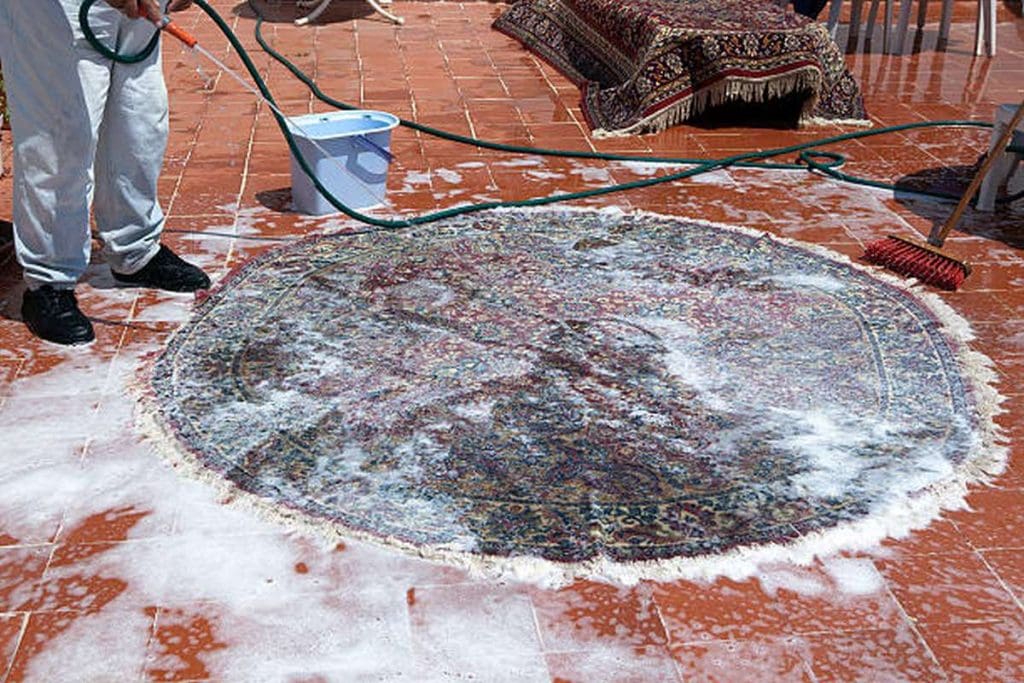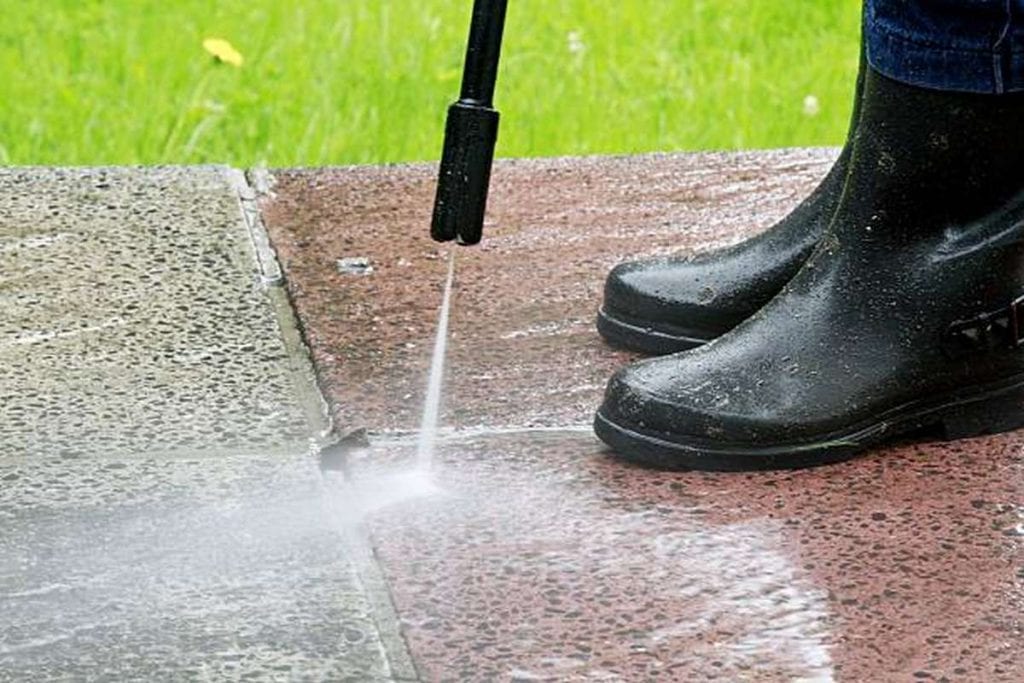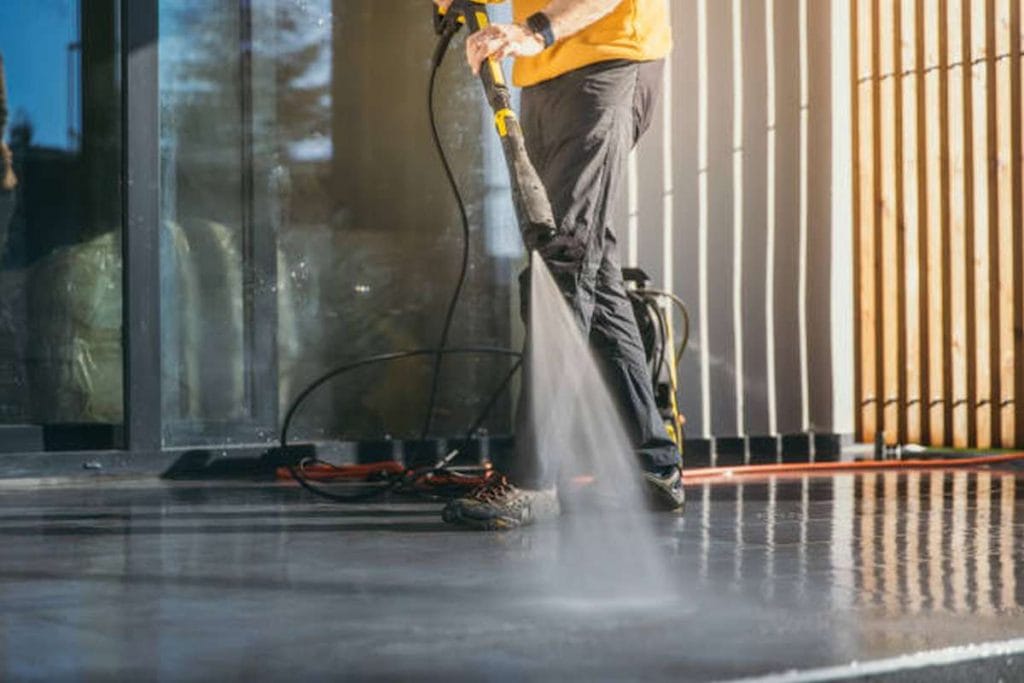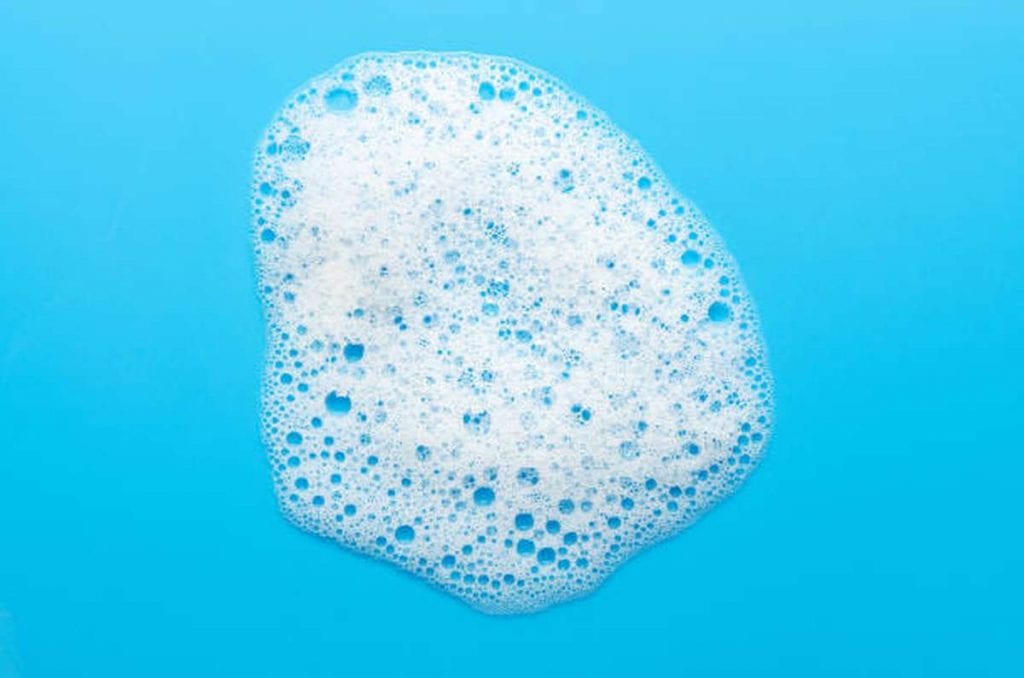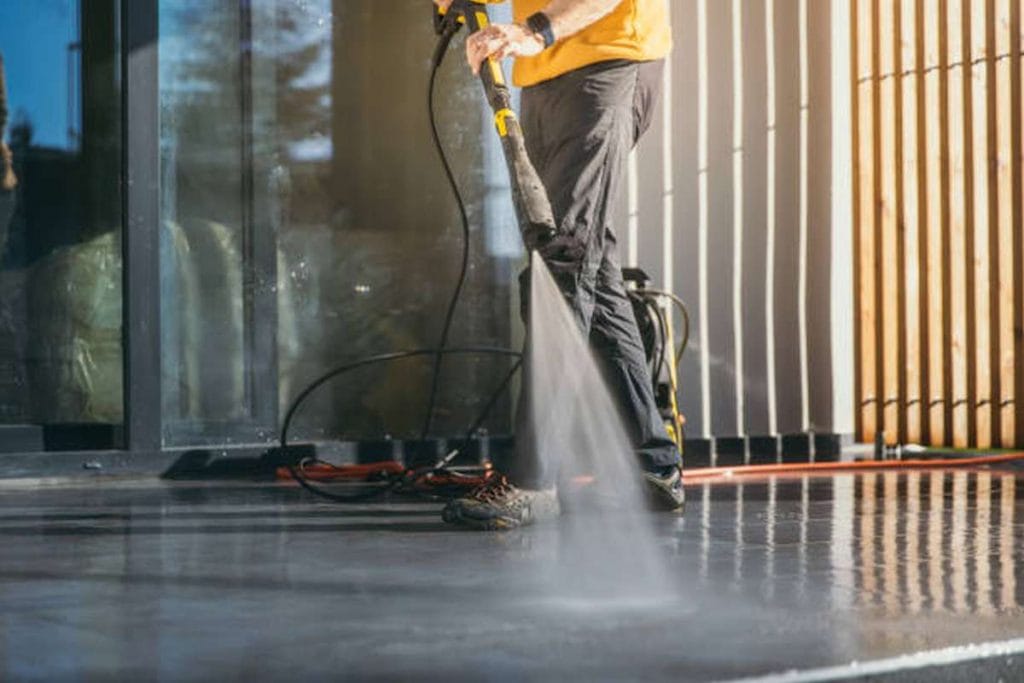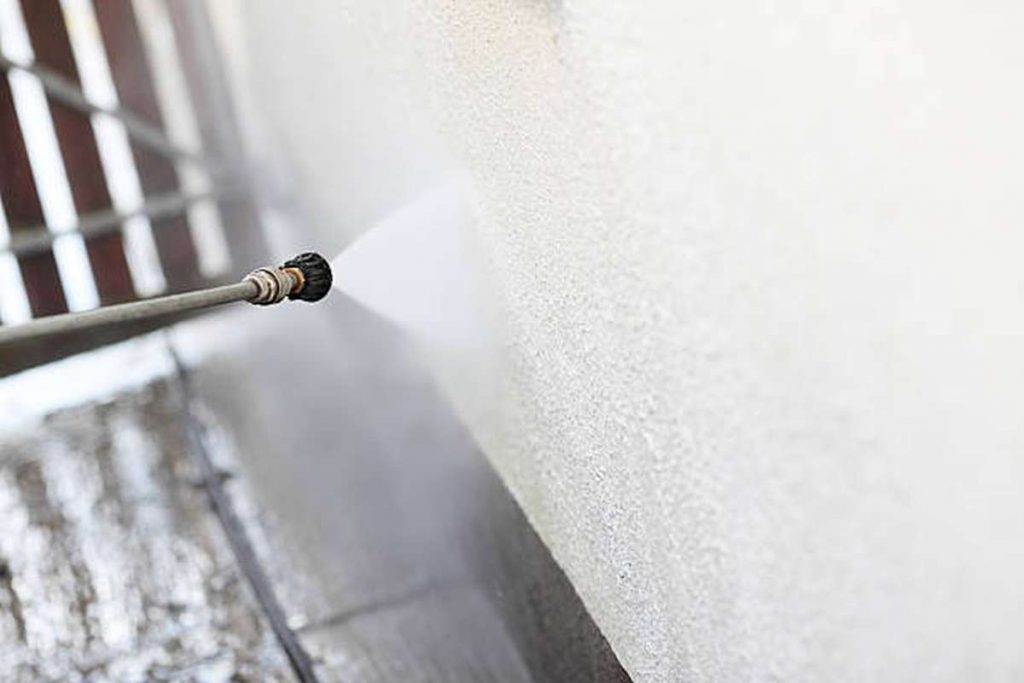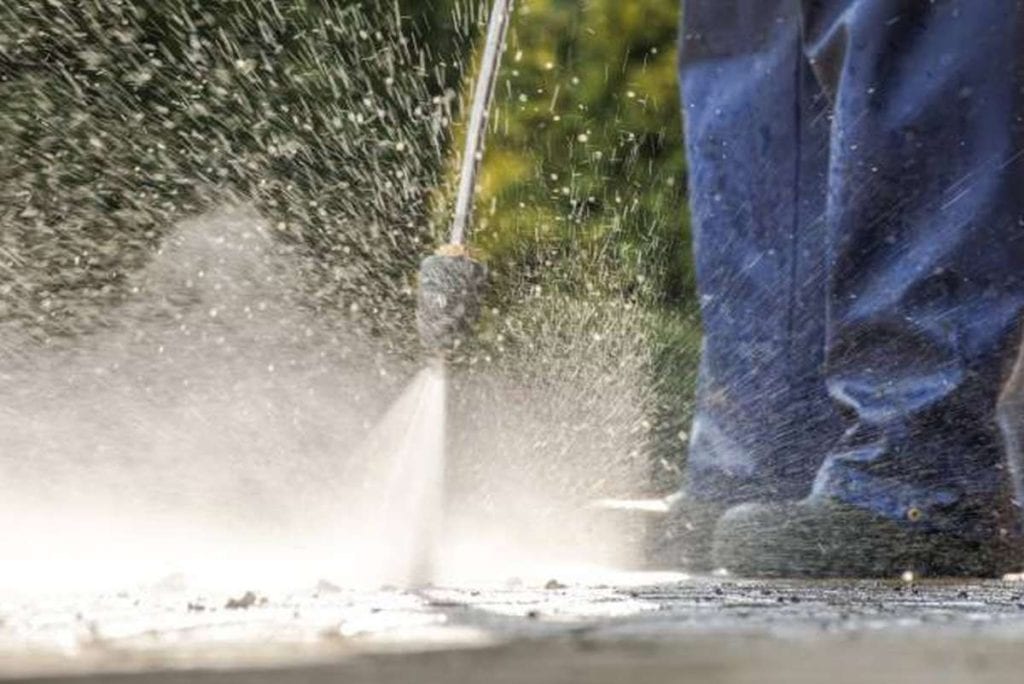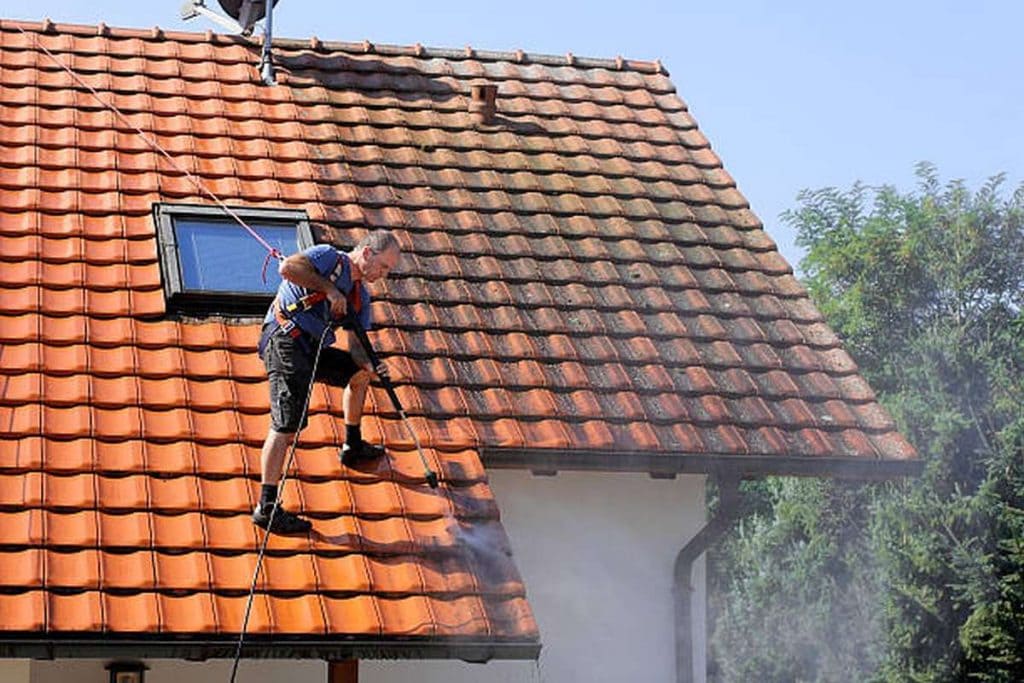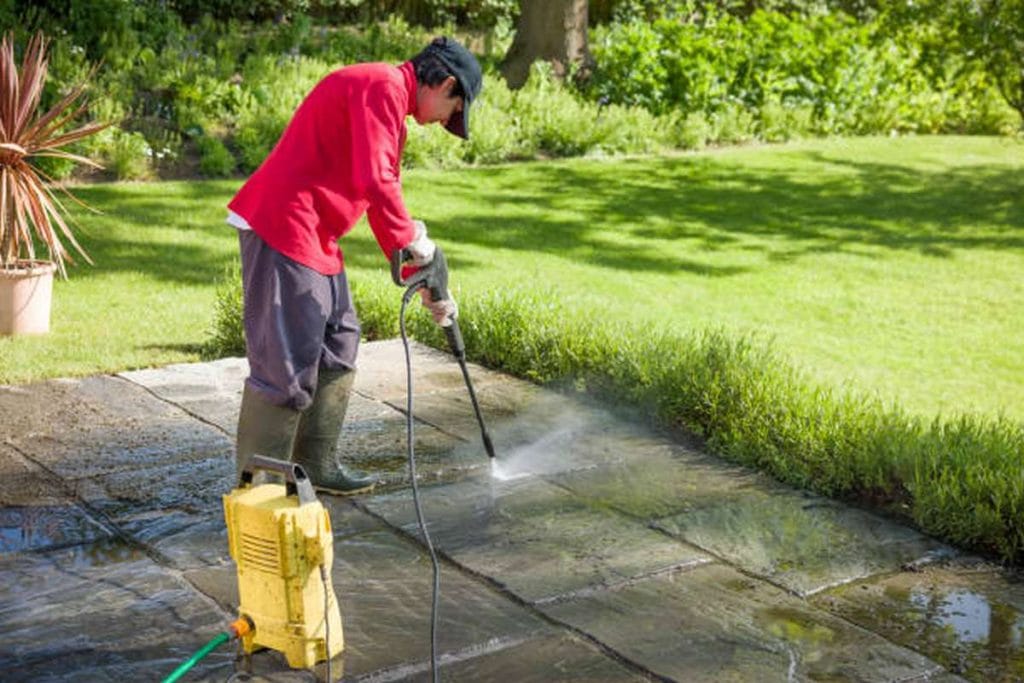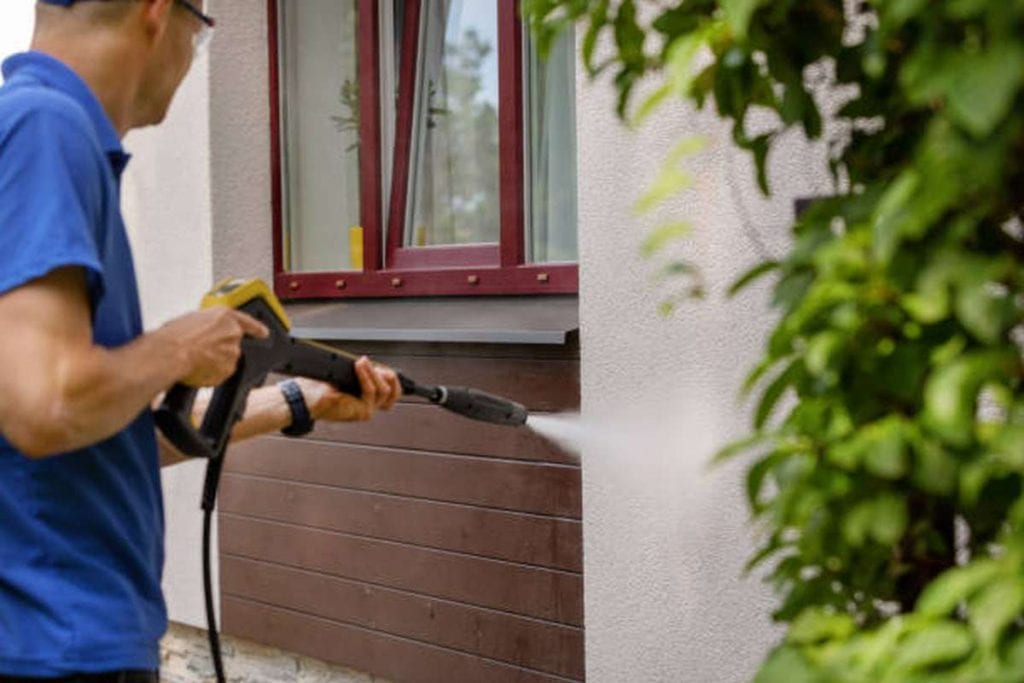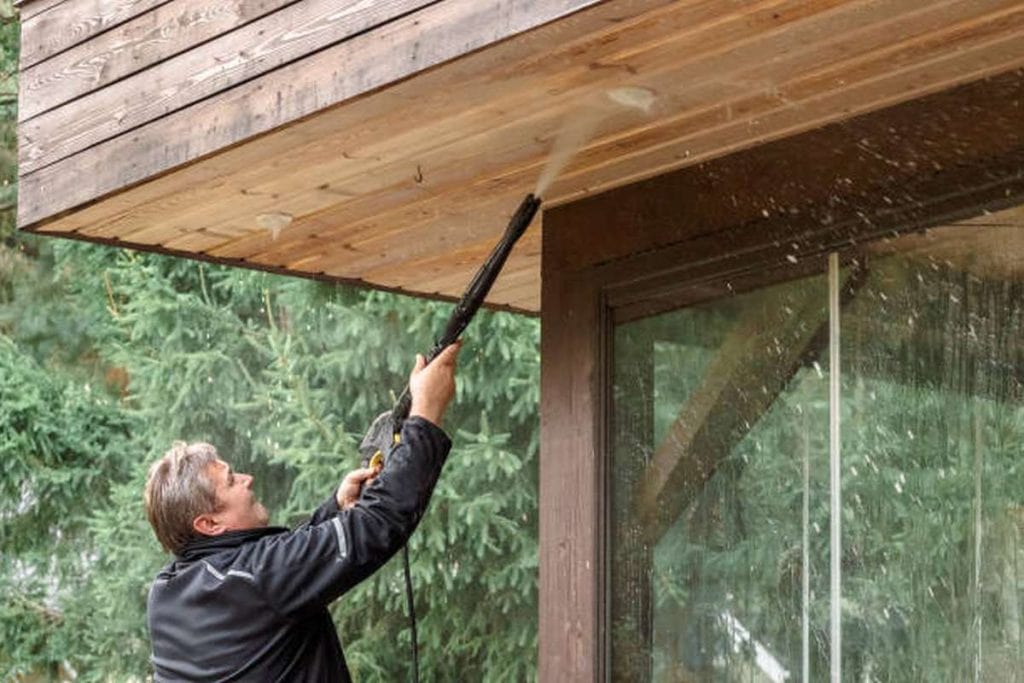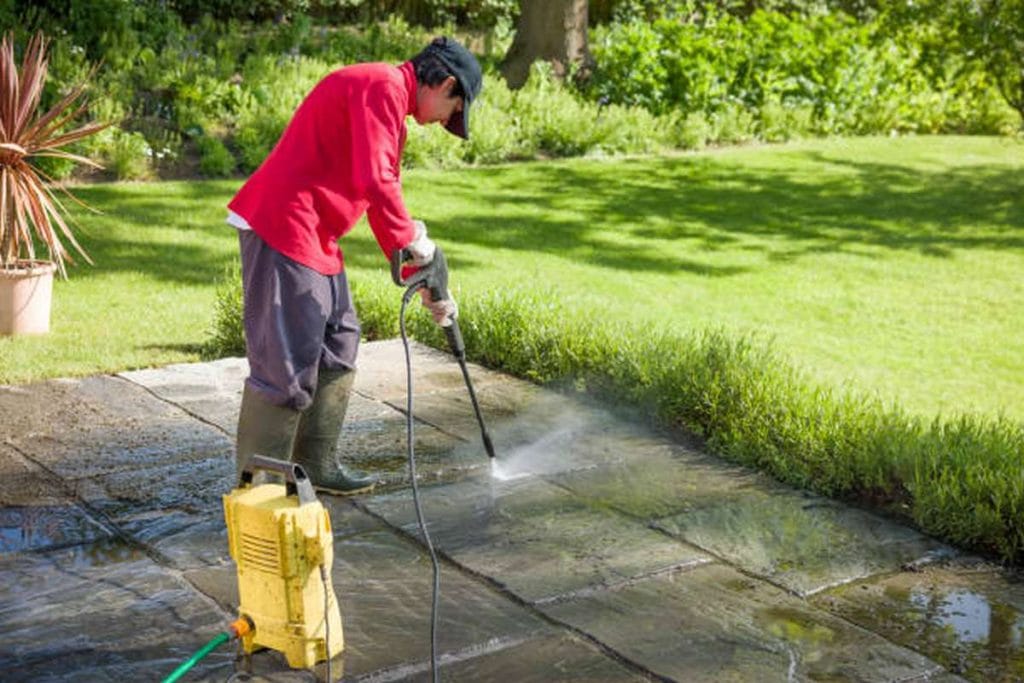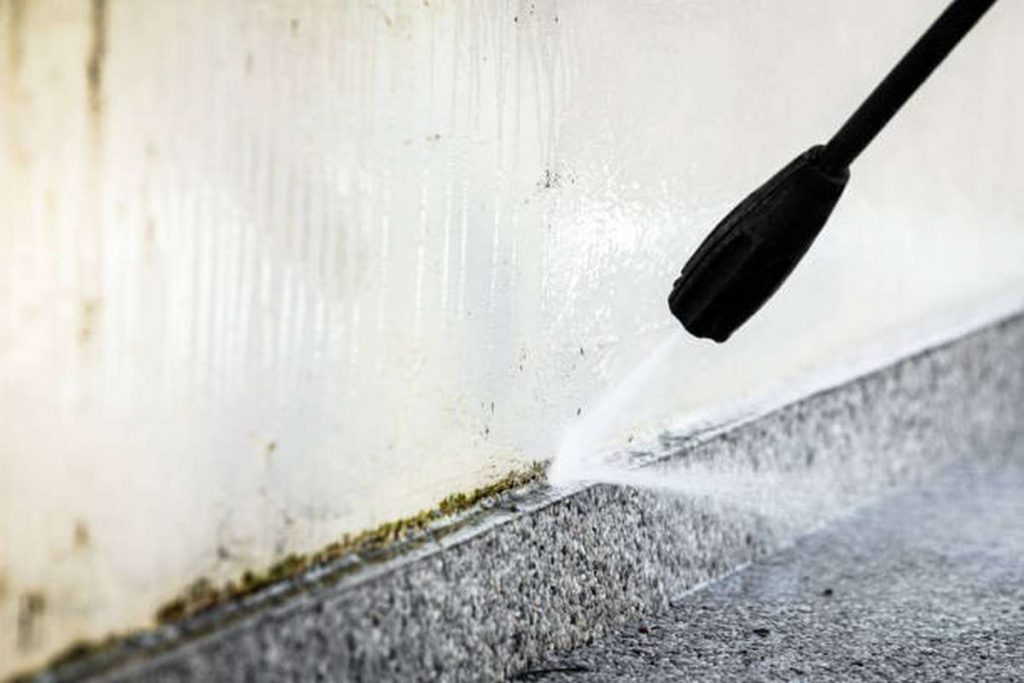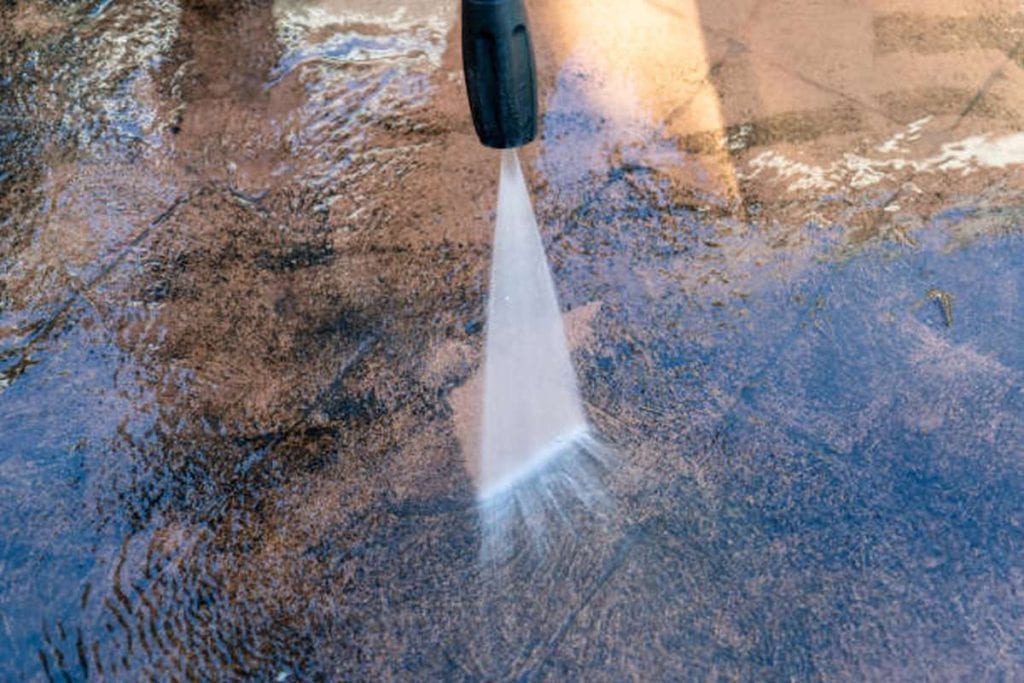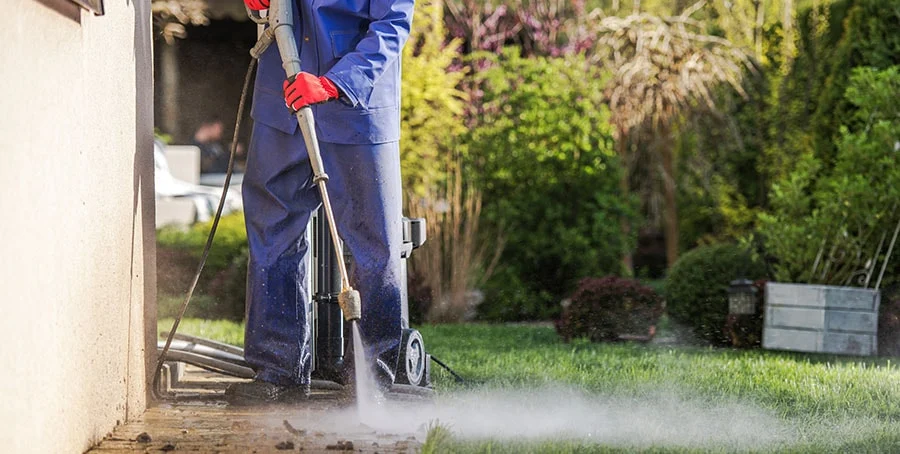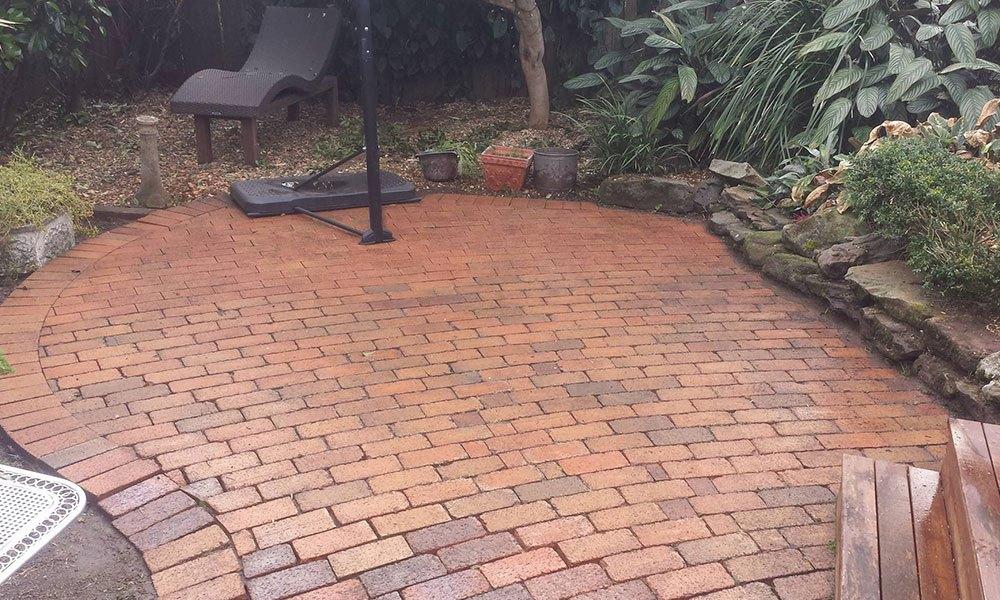When it comes to cleaning floors, most of us want pristine results with minimal effort. However, if we’re not careful, even the best intentions can end up causing more damage than good.
From striping a wax coating on linoleum to dulling the shine of hardwood–there are all sorts of problems that you need to be aware of in order to clean your floors effectively and safely without ruining them in the process.
So if you're looking for tips on how to avoid damaging your floors while keeping them sparkling clean, then read on–this post will show you everything you need to know!
Cleaning Errors To Avoid On Hardwood Floors
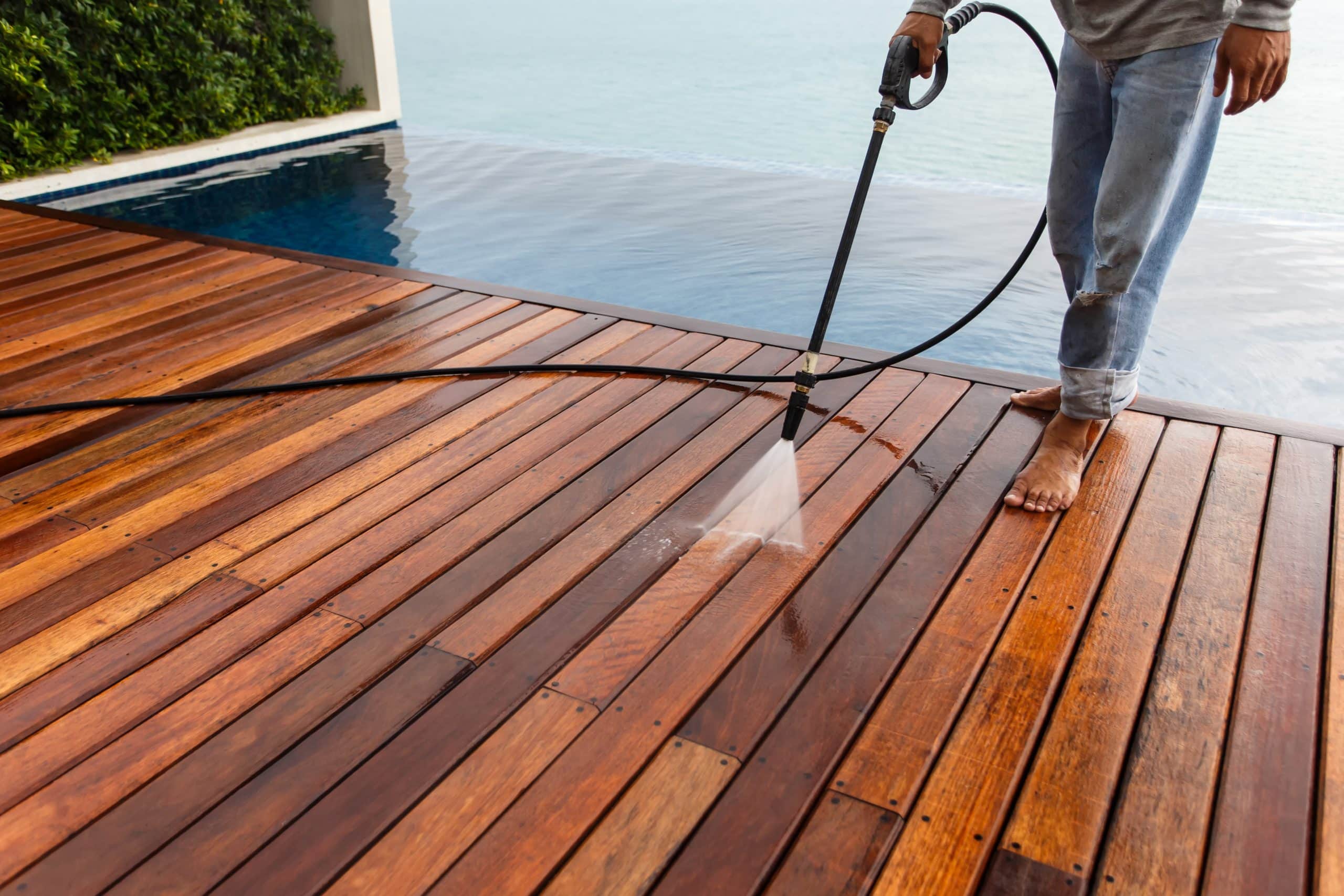
If you can avoid making these mistakes, your floors will look like new ones in no time.
With The Assumption Of Sealed Floors
It's important to make sure your hardwood floors are sealed before you continue cleaning. If so, a brief wet mopping here and there is quite OK. On the other hand, if there is no sealant on your floors, damp mopping can cause damage since water can sink into the wood. Recognize your resources before attempting anything.
Neglecting Preventative Dry Maintenance
The first step to maintaining the beauty of your flooring is always cleaning it dry rather than using water.
Consistent sweeping and vacuuming are the bedrock of hardwood maintenance. If you know what you're doing, dry cleaning will make up a much larger percentage of your cleaning routine than wet cleaning.
Dust, dirt, and grit from daily use can significantly impact the final result and reduce the effectiveness of wet cleaning. Thus it's important to remove these contaminants regularly.
Over-Wetting The Cleaning Process
Whether you're cleaning a hardwood floor or a carpet, using too much water might cause damage. Due to the accumulation of moisture, problems with water damage and mould may develop. Reduce the water absorbed into your floors using damp rags and cloths instead of wet ones.
Cleaning Hardwood Floors Using A Carpet Attachment Vacuum
This is a common blunder, and while the repercussions won't be immediately noticeable, they will become clear in time. For example, cleaning a carpet using a vacuum involves lowering a tool with bristles and a "beater bar" to agitate your carpet and lift out dirt and debris. However, if you don't adjust the vacuum settings or switch heads after you switch surfaces, the beater bar could damage your shiny hardwood floors by scratching the finish and releasing dust and dirt.
Over-Mopping
This one's for you if a standard part of your cleaning routine is to mop the floor of an entire room. Only clean your high-traffic areas once a week for the best results.
Less-frequented sections can get a once-a-month or (get ready to put your feet up) once-a-quarter cleaning. On the other hand, if you mop your floors too frequently, you risk damaging the seal or leaving a water stain.
Using A Soaking Wet Mop
Only use a floor spray or a thoroughly wrung-out damp mop on your floors if you have to. Hardwoods are susceptible to warping, buckling, and swelling if exposed to too much moisture.
Preparing To Clean Carpet Fibre
The back-and-forth motion of a towel on a carpet can cause fibre wear due to friction. Carpets can have their useful life drastically reduced by this kind of damage, forcing homeowners to invest in new flooring sooner than necessary. To avoid scratching your surface, wipe it down with a blotting motion, sliding the cloth up and down several times.
Being Sluggish In Cleaning Up Accidents
Your time and energy can be saved if you react quickly when anything is knocked to the floor. The stain won't have time to penetrate the floor's fibres as deeply if it's removed right away, which means you won't have to work as hard to get the floor looking like new.
Scrubbing With Abrasive Cleaners On The Wrong Surface
It is not only unnecessary but potentially counterproductive to attack floor spills with a gritty cloth or scrub. However, the dirt will be gone, but the floor's polish will be scratched and marred if you use a scrubber that is too rough for the surface.
Vinegar And Ammonia Are Used.
Vinegar is often used as a non-toxic alternative to other cleaning products. It is effective against mould, doesn't cost much, and is widely available. Vinegar is a great (and gentler) substitute for detergents when washing most materials, but it should be avoided when cleaning hardwood floors since its acidic nature can damage the gloss. Likewise, do not use ammonia directly or as a cleaning ingredient on your floor because it will diminish the floor's appearance.
Oil-Based Cleaning Products
Not all floor cleaners are safe for hardwood floors, despite the widespread belief that they are. Oil, wax, and polishes used in some floor cleaners can leave a hazy layer that eventually turns the surface black.
Avoiding The Chore Of Cleaning The Vacuum Cleaner
Your vacuum has likely gathered a lot of grime if you use it frequently. If the filters are dirty, the vacuum won't be able to draw air effectively. This is why regular vacuum canister cleaning is essential.
Scrubbing Floors With Steam
The topcoat and underlying wood are vulnerable to destruction from the heat and moisture generated by steam cleaners. Slowly chipping away at your floor means you'll have to replace the whole thing before you notice what happened.
Abrasive Cleansers
Whether your goal is to eliminate odours or get rid of stains, picking the correct cleaning product is essential.
The strong chemicals in many store-bought floor cleaners eventually erode the varnish topcoat, leaving the floor looking dull and lifeless. Instead, wipe the floor with a solution by adding a few drops of dishwashing liquid to a warm water bowl.
In addition, wipe spills as soon as possible to prevent permanent discolouration. Always dilute any wood cleaning solution with water before removing filth, grease, or other persistent stains. Do not spray cleaning straight onto the surface.
How To Clean Hardwood Floors Properly And Avoid Scratching Them
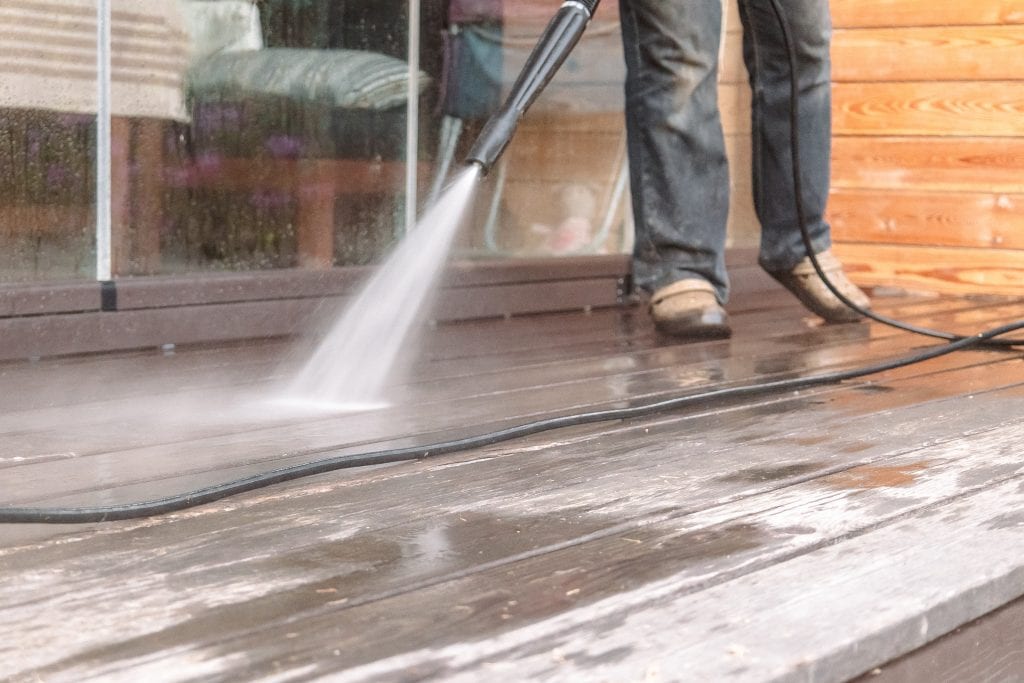
Do you want to make your hardwood floors sparkle? Learn the best techniques for cleaning hardwood floors, from vacuuming to mopping that won't leave any scratches or scuffs behind.
Floor Maintenance And Cleaning Strategies
- Pick an angled broom with gentle bristles. Move with grain, of course, but be proactive about getting into tight spaces and staying wide enough to finish the work quickly.
- Carpet beaters or brush rolls should not be used during vacuuming, as they can scratch the floor's finish. Shop for a robot vacuum that won't get stuck in a nook and will run for at least an hour without needing to be recharged.
- Get right on that sticky mess with a clean wet cloth, a tiny drop of wood floor cleanser, and a good, hard rub; if you prefer not to crouch, prop one foot on a rag if you need to. To pick up dirt and pet hair, use a mop with a microfiber head treated with a positive electrical charge to attract negative-ion transients. Again, keep the mop blade moving perpendicular to the wood grain.
- When it looks dirty, use a microfiber thread mop that has been well wrung out or a flat-head mop with a microfiber pad. Work with the grain, and use a spray bottle to precisely regulate the application of cleaning solution at a rate of roughly half a teaspoon every 2 square feet. There is no requirement to rinse. You can even skip the buffing and use cloth diapers or fuzzy socks.
Conclusion
A person's finest efforts may backfire and cause more harm than good. Do not proceed with cleaning until you have sealed your hardwood flooring. When it comes to cleaning, dry cleaning will dominate over wet cleaning by a wide margin. Damp rags and cloths, rather than wet ones, will reduce the amount of water absorbed by your floors. If you want to get the most out of your floors without compromising the seal or leaving water stains, mopping once a week is your best bet.
If you must clean your floors, use only a floor spray or a fully wrung-out moist mop. Vinegar is often utilised as a safe substitute for chemical-laden commercial cleaners. It's cheap, readily available, and efficient against mould. Since steam cleaners produce both heat and moisture, they pose a threat to both the finish and the wood beneath it. Many commercial floor cleaners contain harsh chemicals that wear away the varnish layer, leaving the floor looking dull and lifeless.
Avoid spraying cleaner directly on the surface. In order to remove grime, grease, and other tenacious stains from wood, you should always dilute the cleaning solution with water first. Find a robot vacuum that can clean for at least an hour before needing recharging and won't get trapped in any crevices. Apply a little amount of wood floor cleaner to a damp cloth, and massage vigorously throughout the floor.
Content Summary
- Many of us seek spotless floor surfaces with little to no labour while cleaning.
- Even with the greatest of intentions, we run the risk of causing more harm than good if we aren't cautious.
- There are a number of issues that you need to be aware of in order to clean your floors effectively and safely without damaging them. These issues range from stripping the wax coating on linoleum to dulling the sheen of hardwood.
- The information in this page will show you how to clean your floors without damaging them, so read on if you're interested.
- Your floors will look like new in no time if you avoid these common pitfalls.
- Be sure to seal your hardwood floors before further cleaning.
- If that's the case, a little wet mopping here and there won't hurt a thing.
- On the other hand, water can seep into the wood and cause damage if you damp mop without a sealant.
- Recognize your strengths and weaknesses before launching an endeavour.
- To keep your floors looking their best, dry cleaning should always be your first option.
- Keeping up with regular sweeping and vacuuming is the backbone of hardwood upkeep.
- Dry cleaning should constitute a significantly bigger proportion of your cleaning regimen than wet cleaning should, if you know what you're doing.
- Everyday use generates dust, filth, and grit that can drastically diminish the efficacy of wet cleaning and compromise the final appearance.
- As a result, maintaining a regular cleanup schedule is essential.
- Whether you're mopping a tile floor or a carpet, don't use too much water or you risk ruining the surface.
- Moisture buildup can lead to structural damage and mould growth.
- Damp rags and cloths, rather than wet ones, will reduce the amount of water absorbed by your floors.
- If mopping the floor of an entire room is part of your regular cleaning regimen, this one's for you.
- High-traffic areas only need to be cleaned once per week.
- A monthly or (get ready to kick back and relax) quarterly cleaning of less-used areas is sufficient maintenance.
- But if you mop your floors too often, you can ruin the seal or leave a water stain.
- If you must clean your floors, use only a floor spray or a fully wrung-out moist mop.
- When hardwoods absorb an excessive amount of water, they expand, buckle, and warp.
- Fibre wear can be caused by the towel's back and forth action on the carpet.
- Such wear and tear can significantly shorten a carpet's lifespan, prompting homeowners to spend money on new carpeting earlier than is really necessary.
- You may keep your surface scratch-free by using a blotting motion to clean it.
- Taking too long to clear up after mishaps
- If you're fast to respond whenever something gets knocked over, you can save yourself a lot of trouble and effort.
- If you get to the stain straight away, the fibres of the floor won't have had time to absorb the stain, and you won't have to scrub as hard to get the floor looking like new.
- Scrubbing or mopping up floor spills with a gritty cloth is not only useless, but could actually be counterproductive.
- Using a scrubber that is too abrasive for the surface may remove the filth, but it may leave scratches and marring on the floor's gloss.
- We use vinegar and ammonia.
- Vinegar is often utilised as a safe substitute for chemical-laden commercial cleaners.
- It's cheap, readily available, and efficient against mould.
- Although vinegar makes an excellent (and gentler) detergent alternative, it shouldn't be used on hardwood floors since its acidic nature might dull the floor's finish.
- If you use your vacuum cleaner frequently, it has probably amassed quite a bit of dirt and grime.
- The suction power of the vacuum will be diminished if the filters are clogged.
- This is why it's so important to clean the vacuum canister on a regular basis.
- Since steam cleaners produce both heat and moisture, they pose a threat to both the finish and the wood beneath it.
- If your floor is slowly chipped away, you'll have to replace the whole thing before you even realise anything is wrong.
- Whether you want to get rid of lingering smells or stubborn stains, you need to use the proper cleaning product for the job.
- Many commercial floor cleaners contain harsh chemicals that wear away the varnish layer, leaving the floor looking dull and lifeless.
- Use a solution made by mixing a few drops of dishwashing liquid to a basin of warm water to clean the floor instead.
- In addition, immediately clean up spills to avoid lasting staining.
- In order to remove grime, grease, and other tenacious stains from wood, you should always dilute the cleaning solution with water first.
- Avoid spraying cleaner directly on the surface.
- Understand how to vacuum and mop your hardwood floors without damaging the finish.
- Choose a broom with soft bristles and an angled head.
- Be sure to go with the flow of traffic, but don't be afraid to squeeze into narrow openings or stay on the broad side if it means getting the job done more quickly.
- The floor's finish can be damaged if a carpet beater or brush roll is used to vacuum the carpet.
- Find a robot vacuum that can clean for at least an hour before needing recharging and won't get trapped in any crevices.
- Use a damp cloth with a drop of wood floor cleaner and a thorough, hard massage to remove the sticky mess; if you'd rather not crouch, you can prop one foot up on a rag if you like.
- Use a mop with a microfiber head that has been positively electrically charged to attract negative-ion transients, such as dirt and pet hair.
- A reminder to keep the mop blade running in a perpendicular direction to the wood grain.
- When it appears unclean, clean it with a microfiber thread mop or a flat-head mop fitted with a microfiber pad and plenty of water.
- Use a spray sprayer to evenly distribute cleaning solution down the grain at a rate of about half a teaspoon per 2 square feet.
- A final rinsing is unnecessary.
- Instead of polishing, you can use diapers or fuzzy socks.
FAQs About Floor Cleaning
Sweep with a soft brush or vacuum, then wipe with a damp mop, using a mild detergent. Rinse thoroughly after wiping. To remove scuff marks, use a cloth dipped in neat washing-up liquid or white spirit, then rinse off.
- Dry mop the floor with the microfiber mop. This will get all the loose dirt and dust bunnies.
- Dampen the mop using warm water, then spray the solution on the mop head.
- Mop as normal.
- When the microfiber pad is dirty, simply rinse and continue mopping.
- When finished, rinse the mop, and save it.
Felt is the best and only choice material for minimising the risk of damage to a hard surface floor by movable furniture and equipment. Keep in mind that all felt pads are NOT created equal.
Make sure the mop is cleaned regularly and kept dry between cleanings. Daily mopping is crucial for keeping surface dirt away; deep cleaning will help to preserve floors from damaging dirt and water.
Any high-traffic areas in your home should be wet mopped once a week. Rooms in your home that are not frequently used—such as a guest room—do not need to be mopped weekly. Mopping every other week or monthly should be sufficient.

